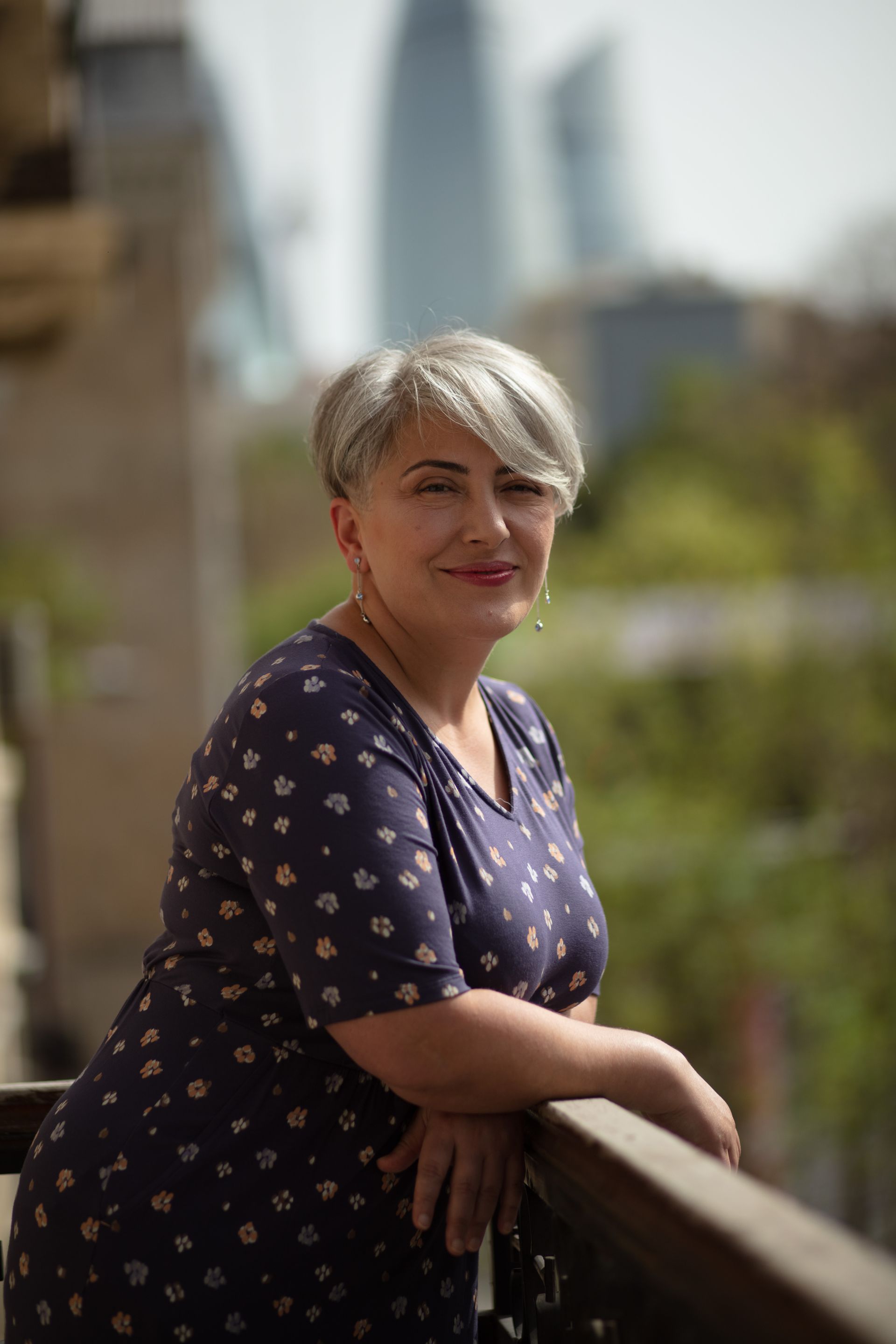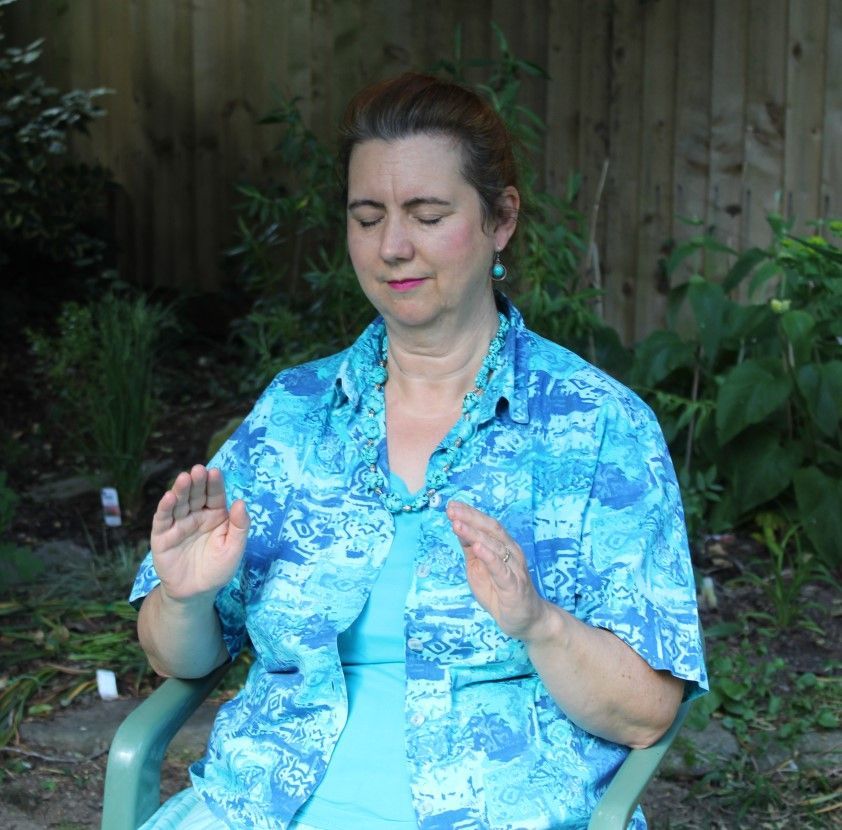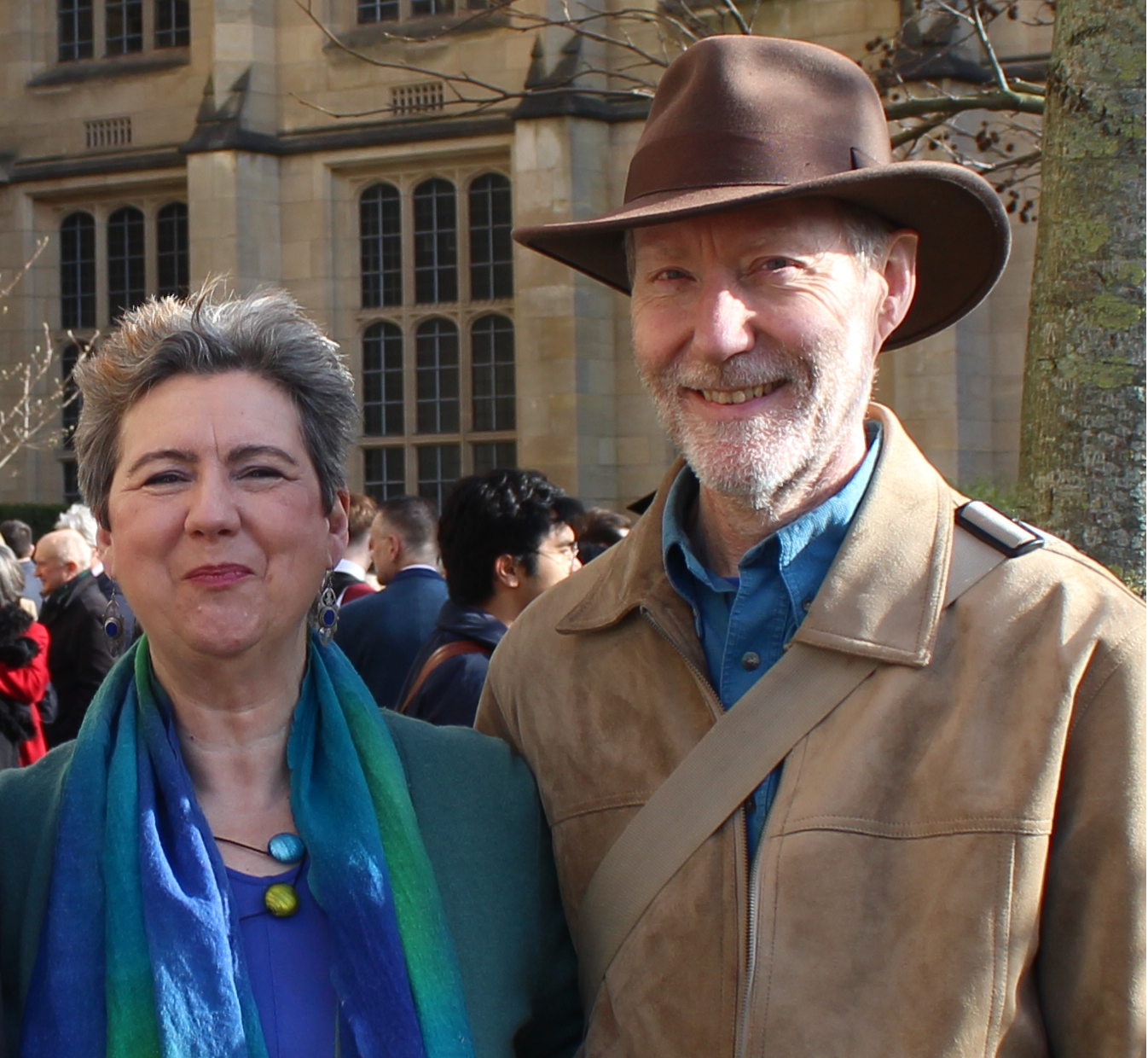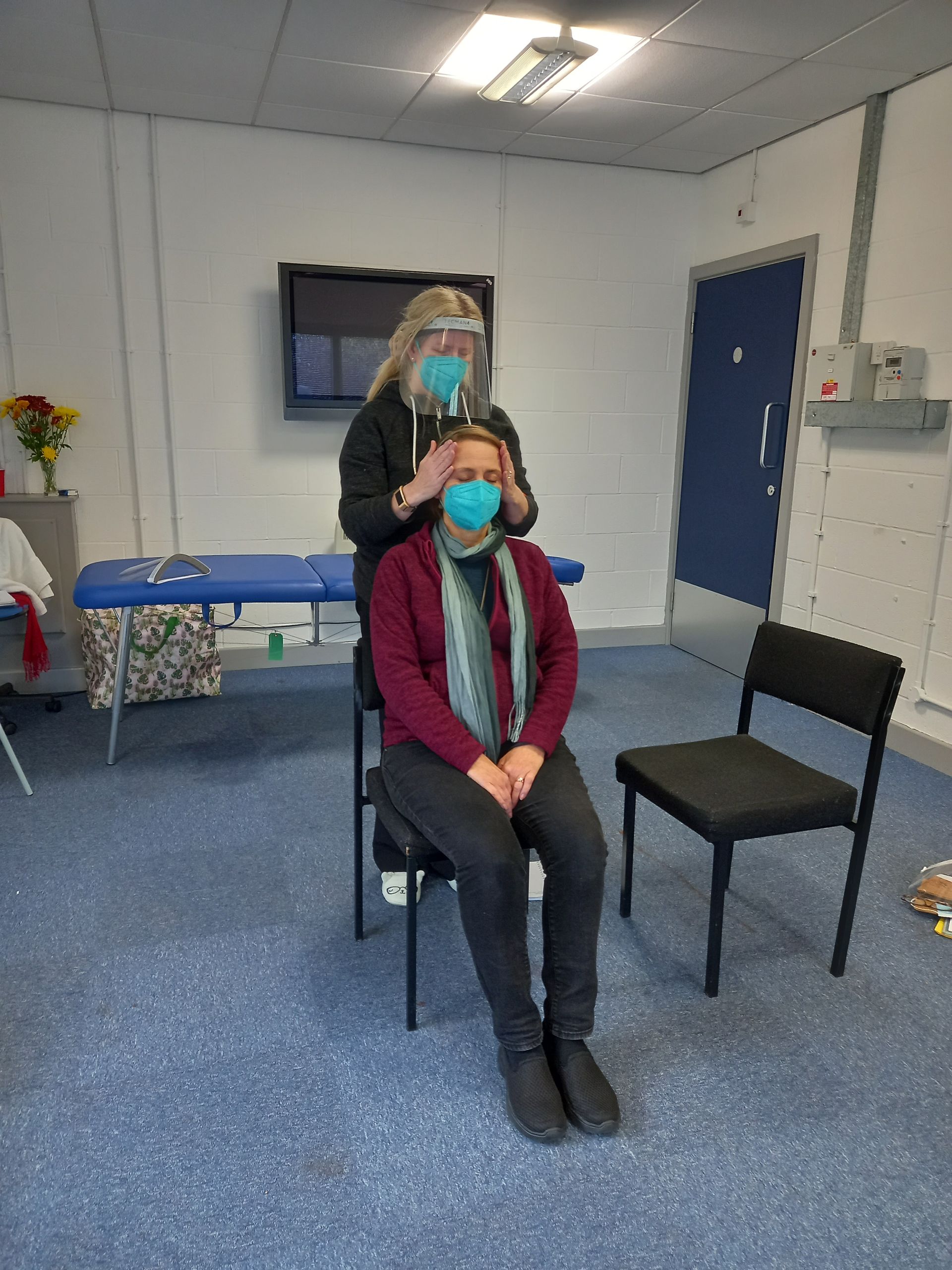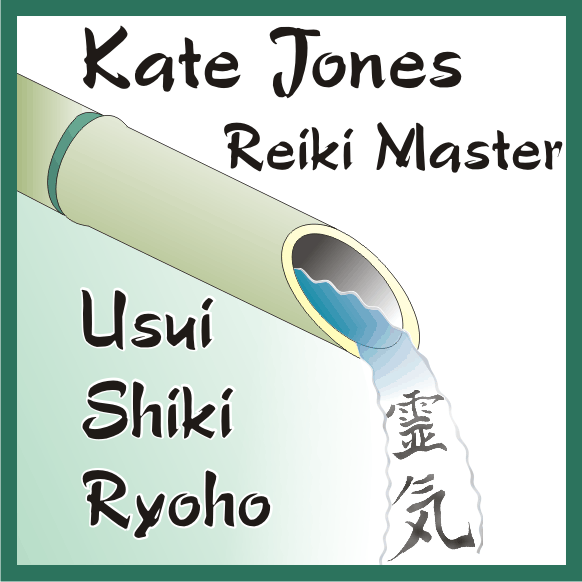The Role of Professional Reiki Practitioner
How our role and responsibilities change when we treat the public

By coincidence in the past month, we came to the module on being a professional in my practitioner course at the same time as one of my tutorial students was doing the same session. This also came up in the webinar I did for the Reiki Healthcare Research Trust last month, where we explored the three potential phases of Reiki treatment practice, the last one being the professional phase.
Many people learn Reiki not to become public or professional practitioners giving Reiki to people they don’t know, but for their own healing and personal development. Indeed, this is how Reiki was introduced to countries outside Japan by Hawayo Takata. She did not teach people to be practitioners as a therapy, but as a spiritual healing practice, although for her it was both. She is the longest serving Reiki practitioner we know of, giving daily treatments to people with a wide variety of health issues for over 40 years.
In the years since Reiki has spread more widely in the world, more people, experiencing the wonderful benefit receiving Reiki offers, have wanted to either include it alongside other complementary therapies they practise, such as reflexology or massage, or as a stand-alone therapy.
Those who have gone through a training in another therapy will have learned about qualities needed when we step into a professional role, such as the importance of our relationship with clients. Many Reiki practitioners do not learn about the professional role when they learn Reiki initially – and rightly so, because Reiki is first of all for our own growth, development and healing. This also remains at the core of what we do if we choose to become professional practitioners. So it is important for those who begin to offer Reiki as practitioners working with the public to have an understanding of what this role means and what is expected of us as professionals.
For some, the definition of being a professional is that you are paid for your work. While this may be true it is only part of what it means to be professional. Also in Reiki we have the tradition of exchange which might include money, but this does not make people into professional practitioners. Likewise, some practitioners work in hospices or other settings as volunteers, without payment, but have all the qualities of being professional which is appropriate for such sensitive settings.
This is perhaps why people have found some Reiki practitioners less than professional in their approach. They do not realise that when you are a professional your responsibilities and the expectations of you change. For example, while in an informal Reiki treatment setting you might both chat about things that are going on in your lives, when you are providing a professional service this would be inappropriate.
I was fortunate to attend a workshop many years ago about just such issues, paid for by The Reiki Association. It was run by an organisation called Witness (which I believe no longer exists) and was designed to address the lack of understanding of some qualities that are required when we are in professional relationships, such as appropriate boundaries. I came away with a sheet comparing the personal and professional relationships that I find very useful to share with my students in the teaching I offer Reiki practitioners on being professional.
I am looking forward to exploring this subject again later this month in an online seminar, where Reiki students will be invited to explore the issues with each other as well as learning from my experience as a professional Reiki practitioner.
